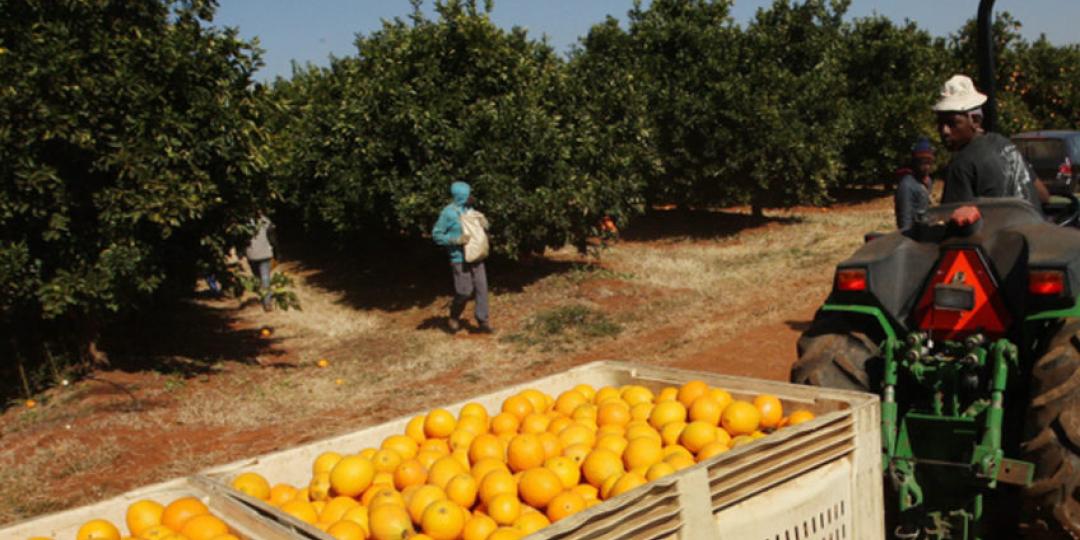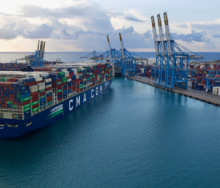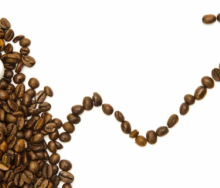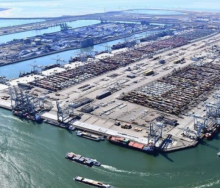Southern African citrus growers grew exports to 164.8 million (15kg) cartons in 2022, according to data released by the Citrus Growers Association of Southern Africa (CGA) on Monday.
CGA CEO Justin Chadwick said that while the volume had increased by 3.2m cartons compared to 2021, it was less than the 5.7m predicted at the start of the season.
“These figures highlight the extremely tough season growers have had to endure that has negatively impacted returns and the volumes they were able to export, and threatens the future sustainability of the industry, which sustains over 140 000 jobs and brings in R30 billion in revenue to South Africa each year,” Chadwick said.
The challenges included the surge in farming input prices and transport costs, as well as astronomical shipping price hikes, which made the cost of getting fruit to market commercially unviable for many growers.
“The unjustified and discriminatory new False Codling Moth (FCM) regulations passed by the European Union (EU) mid-season placed further financial strain and risk on growers. These challenges were coupled with ongoing decay of public infrastructure such as roads, rail and port operations, erratic electricity supply, and a decline in real export prices. This means that already tight margins for citrus producers were squeezed to the point where only one in five farms are likely to make a positive return this season,” Chadwick said.
He added that there had been modest growth in fruit packed and exported across some citrus varieties compared to 2021, but the final figures were far lower than predicted in March this year.
“This can be seen when it comes to mandarins, where 31.8m cartons were packed for export to key markets this season, which is an increase of 900 000 cartons from 2021, but is 2.7m less than the season forecast. Volume growth in lemons continued unabated, with 34.7m cartons packed for export in 2022, an increase of 3.6m cartons from the previous year, and 2.4m more cartons than what was predicted,” Chadwick said
The perfect storm of challenges also resulted in a drop in packed export volumes of some varietals when compared to 2021. For example, 16.7m cartons of grapefruit were packed for export this year - 800 000 less than the 17.5m cartons in 2021. There was also a decrease in the number of cartons of Valencias packed for export, with 53.8m cartons exported versus 55m in 2021.
The only other category that saw growth was navels, with 27.8m cartons packed for export in 2022, an increase of 600 000 cartons. However, this was 900 000 cartons less than the 28.7m cartons forecast in March.
“The decline in fruit being shipped this season is a particular concern in light of the current forecast predicting that fruit produced and available for exports will continue to grow by 10m cartons per year (on average) for the next decade, hitting 200m cartons in the next five years and growing up to 260m in the next ten years,” Chadwick said.
“This means the industry could potentially sustain a further 100 000 jobs and generate an additional R20bn in annual revenue, bringing its total contribution to 240 000 jobs and R50bn in revenue, as long as key markets and logistical infrastructure are secured and optimised in order to absorb this increased growth.”
Chadwick said the CGA was committed to working with government to optimise, secure and retain as many market access opportunities as possible to ensure growers can export at good returns. Key markets that offer major potential for expanded access and require particular attention ahead of the 2023 season are the United States, India, China, Japan, Vietnam and the Philippines.













